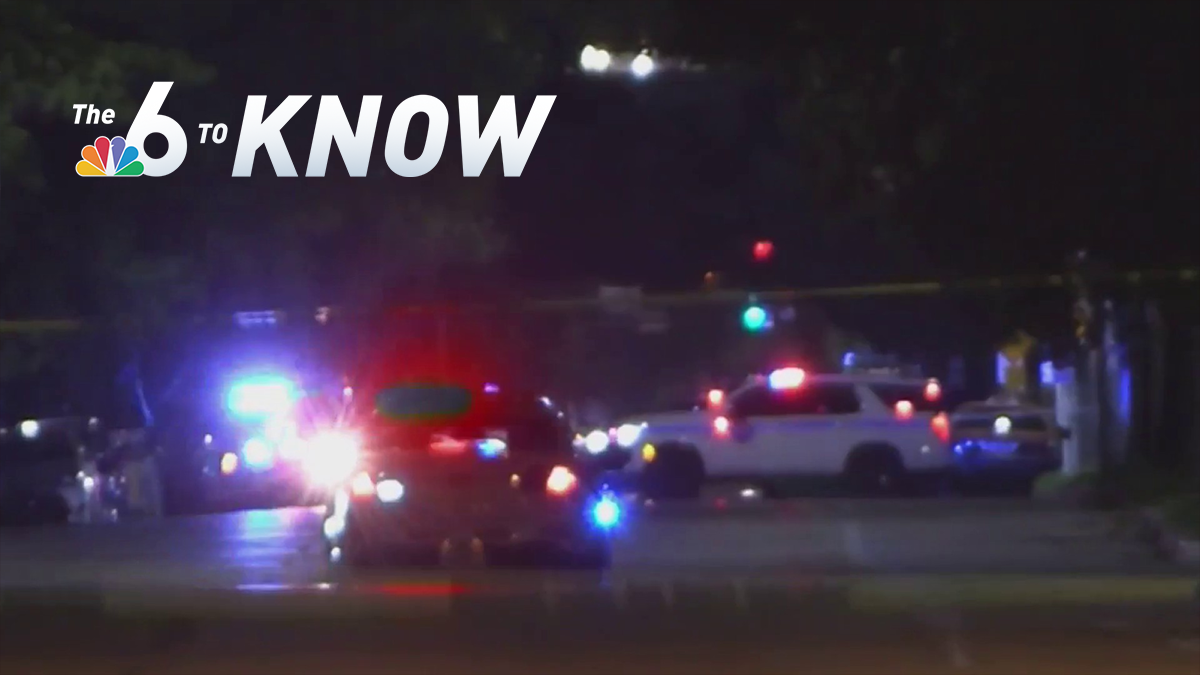The tragic collision involving an American Airlines flight and a military helicopter that crashed into the Potomac River in Washington, D.C. recalls another crash involving a plane heading to Fort Lauderdale more than four decades ago.
The tragic collision involving an American Airlines flight and a military helicopter that crashed into the Potomac River in Washington, D.C. recalls another crash involving a plane heading to Fort Lauderdale more than four decades ago.
It happened on Jan. 13, 1982, as Air Florida Flight 90 was heading from Washington National Airport (now Ronald Reagan Washington National Airport) to Fort Lauderdale-Hollywood International Airport with a stop in Tampa.
Watch NBC6 free wherever you are
Before the crash
The plane, a Boeing 737-222, was carrying 74 passengers, including three infants, along with five crewmembers, including the captain, first officer and three flight attendants, according to a National Transportation Safety Board report on the crash.
Get local news you need to know to start your day with NBC 6's News Headlines newsletter.
The plane had arrived at Washington National from Miami and had been scheduled to depart at 2:15 p.m.
The flight's scheduled departure time was delayed as moderate to heavy snowfall led to the temporary closing of the airport.
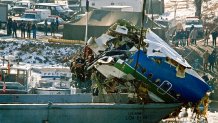
The plane had been de-iced but then sat on the runway for almost an hour, with snow and ice rebuilding on the wings.
Local
"Departing and arriving flightcrews and others who saw Flight 90 before and during takeoff stated that the aircraft had an usually heavy accumulation of snow or ice on it," The NTSB report said.
About an hour and 45 minutes before its scheduled departure, the plane began takeoff.
"We're going down"
Pilot Larry Wheaton and co-pilot Roger Pettit noticed something was wrong as the plane rolled down the runway.
"God, look at that thing! That don't seem right, does it?" Pettit said, according to tape from the cockpit voice recorder. Pettit repeated himself but the flight continued anyway, Wheaton seemingly unbothered by the unusual readings.
Moments later, Wheaton realized something was indeed wrong.
"Forward, forward…We only want five hundred," Wheaton said. "Come on, forward, forward, just barely climb."
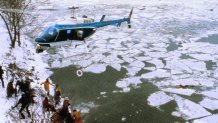
"Larry, we're going down, Larry," Pettit said.
"I know it," Wheaton replied.
The plane began to shake violently and briefly got airborne, reaching an altitude of 352 feet before it dropped and struck the 14th Street Bridge, which connects D.C. with Arlington.
Multiple vehicles on the bridge were struck, killing four people and injuring four others, before the plane plunged into the ice-covered Potomac River.
Rescue effort
The plane's wreckage began to sink in about 25 to 30 feet of freezing water.
"People were screaming, and then it got very quiet," Nikki Felch, one of the survivors of the crash, told NBC Washington in the aftermath.
Despite the violent impact, six people initially survived, including five passengers and a crewmember, who were able to escape after the tail section of the plane broke off in the water.
Survivors were left clinging to pieces of the floating wreckage. One woman, the most seriously injured, was kept afloat by a lifevest inflated by the surviving flight attendant.
People who witnessed the crash attempted to pull the survivors from the water but had trouble navigating the freezing water.
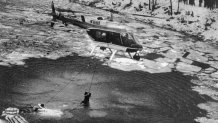
A National Park Service helicopter arrived and the crew started pulling survivors out of the water.
A civilian bystander swam out and pulled one survivor to shore. Cameras captured heart-wrenching footage of the women, Priscilla Tirado, a passenger on the flight whose husband and 2-month-old baby died in the crash.
She was cold, weak, and blinded by jet fuel, barely hanging onto a dangling life preserver before her grip gave out. Lenny Skutnik, a bystander who worked for the government, dove into the water, grabbed Tirado and dragged her to shore.

The NTSB report said survivors were in the icy water from 22 to 35 minutes before being rescued.
A mystery hero
One of the passengers repeatedly helped rescue others before he disappeared into the freezing water.
NBC News reported the man had handed the helicopter's rescue line off to others before he vanished.
His identity remained a mystery until the D.C. coroner discovered that of the 74 bodies recovered from the scene, only one had lungs filled with water.
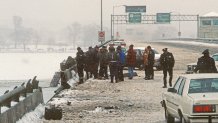
He was identified as 46-year-old federal bank examiner Arland Williams Jr., who was later honored with a posthumous Coast Guard's Gold Lifesaving Medal from President Ronald Reagan.
Crash aftermath
The crash of Air Florida Flight 90 is considered one of the worst aviation disasters in U.S. history, with 74 killed and just five survivors.
The NTSB's report found a number of factors as the probable cause for the crash, including the flightcrew's failure to use engine anti-ice during ground operation and takeoff, their decision to take off with snow/ice on surfaces of the aircraft, and the captain's "failure to reject the takeoff during the early stage when his attention was called to anomalous engine instrument readings."
Contributing factors were the prolonged ground delay between de-icing and the plane's takeoff, along with the flightcrew's limited experience in winter operations, the report said.
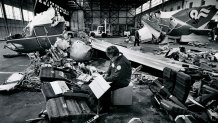
Air Florida, which was based at Miami International Airport, had been facing financial struggles before the crash and struggled even more afterwards.
The airline ceased operations in 1984 and filed for bankruptcy, then briefly flew again until 1985 when it was sold to Midway Airlines.
In addition to Williams, multiple people were honored for their heroism that day, including the helicopter crew and Skutnik.
After the 14th Street Bridge was repaired, it was renamed to honor Williams.

